11 Types of Roof Vents to Exhaust Heat Effectively
Author: Omar Alonso | Editor: Omar Alonso
Review & Research: Jen Worst & Chris Miller
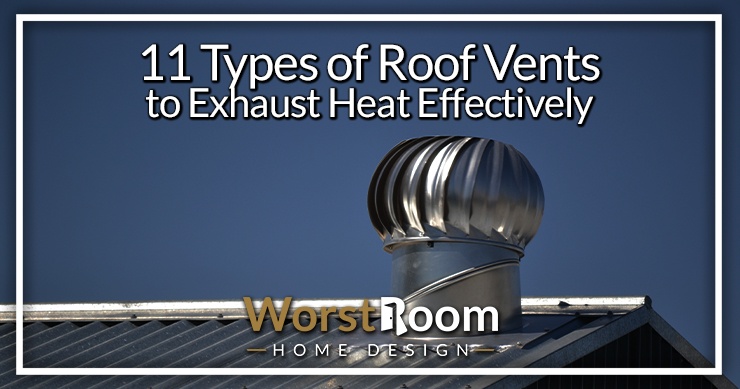
You might think that all the different types of roof vents are unnecessary features to add to your house, but then, you’d be wrong. Ventilation is a highly important part of any structure, which roof vents efficiently provide.
If you forego roof vents, you’re inviting a range of troubles such as increased internal temperatures, dry rot, inferior air quality indoors, damage to your roof from mold, ice dams, and moisture, and rising costs in your HVAC systems to battle some of these issues.
11 Types of Roof Vents
So really, a roof vent is a no-brainer. But what type of roof vent should you choose? From exhaust to intake vents, let us help you out with a list of the different types of roof vents you can consider for your home.
Box Vents
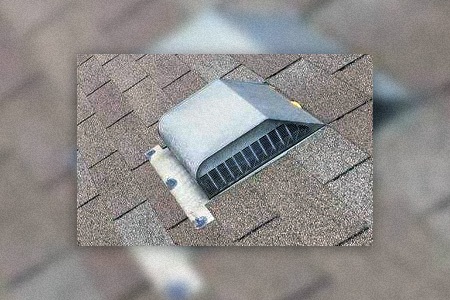
Turtle vents, half-rounds, slant-backs, dormer vents, roof louvers — you’ll find that box vents go by many names and are installed along any types of trusses.
These box-like vents (hence, the name) are a highly recommended and favored roof-vent type. Box vents work on the principle of convection, where hot air and moisture at the top are expelled through the vent, making more space for cold air in the building.
Given that they allow air to escape, box vents belong to the exhaust vents category. These vents are ideal for plans with open attics and roofs divided into various sections. They do not require a power source to function.
Due to their small size, you may have to install several strategically placed box vents on your roof, but the pro is that they’re not very noticeable. Additionally, you’ll find these roof vent types in a range of colors, so you don’t need to deal with a design nightmare—finding a shade that matches your roof shouldn’t be too much of an issue.
Cupola Vents
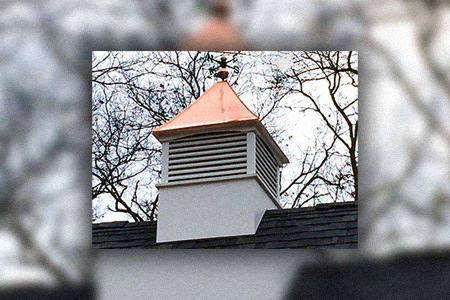
If you’re the type that loves adding vintage features to your house that are just as functional today as they were when they were first introduced, cupola vents may be the vents for you.
Cupola types of roof ventilation perform both intake and exhaust functions and were initially a staple across barns and sheds, where they were installed to allow sufficient light, heat, and ventilation for lighting and to keep stored crops and hay moisture-free.
Cupola vents come in a range of styles, sizes, and designs today, and can be quite expensive, which is one of the reasons why they’re quite uncommon in the United States (the other reasons being their complexity and the fact that not everyone requires light with their ventilation).
But if you’re willing to pay the price, a cupola house roof vents can greatly increase the charm, character, and curb appeal of your house while also keeping it cool and well-lit. They can add some more height to an otherwise flat mansard roof, too, which can add a little more dimensionality to the rooftop.
Turbine Vents
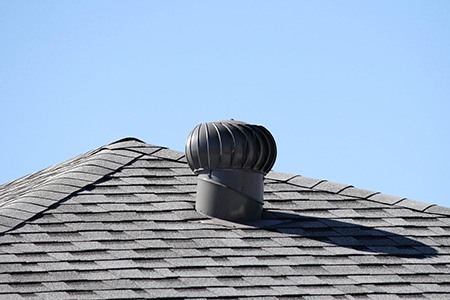
Among the oldest types of roof vents (they were invented in 1910 by Samuel Ewart), wind turbine vents, also commonly known as whirlybird roof turbines, feature a spherical body of aluminum blades that create a vacuum by spinning, resulting in hot air from inside the house being sucked up and expelled outside.
Therefore, these vents are a type of exhaust roof vents. Many people like whirlybirds as a roof vent option because they require almost zero maintenance, are eco-friendly, long-lasting, inexpensive, and extremely quiet while operating.
However, though these vents don’t need electricity to function, they need winds blowing at the constant speed of five miles per hour at least to efficiently spin and get the job done. So, on a windless day, you may run into a spot of trouble (though convection will still work to an extent due to the openings between the blades).
This is why many folks use turbine vents in conjunction with other types of roof ventilation, such as box vents.
Off-Ridge Vents
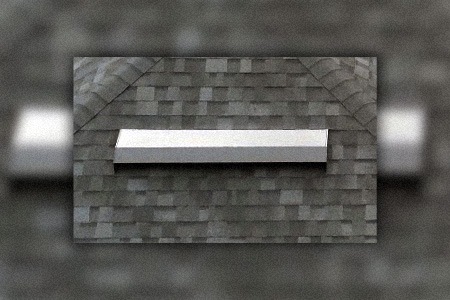
Off-ridge roof ventilation types sit close to the peak of the roof. They’re quite uncommon as they are quite small and don’t sit high enough on the roof, which means that they can’t expel large volumes of hot air at once or expel the hottest air indoors. You’ll also need multiple units of an off-ridge vent for sufficient ventilation.
However, if you’ve got a small roof ridge line (such as in a house without a continuous ridge line or complex, sectioned roofs), you may find an off-ridge vent beneficial. They’re also quite unobtrusive and sleek and don’t require a power source to operate. I've seen many off-ridge vents installed in a row on a gambrel roof instead of a more obvious option like a cupola vent you've definitely seen on top of barns.
Thin and elongated, off-ridge roofing vent types are usually constructed using galvanized steel and are mounted into a cutout space in your roof. Since they expel hot air and moisture, these are exhaust vents.
Ridge Vents
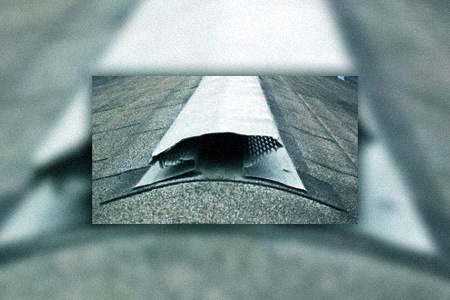
Unlike off-ridge vents, ridge vents sit right on the roof’s crest, and are the most popular and common type of ridge vents across the country. In fact, unless the house can’t accommodate it, most contractors include a ridge vent in the house’s blueprint and quote. In this picture, you can see that the roof vent pipe is covered, as they all should be.
This exhaust vent spans the entire roof line, so you’re assured of sufficient, even ventilation given the large surface area, as well as the expulsion of the hottest air indoors, given its location. It’s also quite economically priced and very unobtrusive, which further increases the appeal.
Soffit Vents
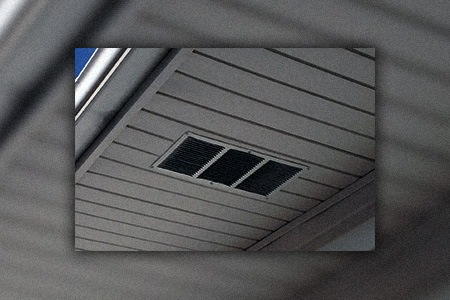
Usually installed under a peak or on the house’s eaves, soffit types of roof vents are uniquely designed and the most popular when it comes to intake vents.
Soffit vents can be individual or continuous and since their only function is air intake, it’s often installed in conjunction with an exhaust vent. Its flexible, mesh-like construction enables fresh air to continuously flow into the building and cool the interiors.
Continuous vents run the entire length of the eaves, and their large surface area allows efficient air intake. Individual house roof vents feature evenly spaced aluminum slats and are only installed at particular points, similar to box vents. Therefore, their air intake capacity is lesser.
Powered Vents
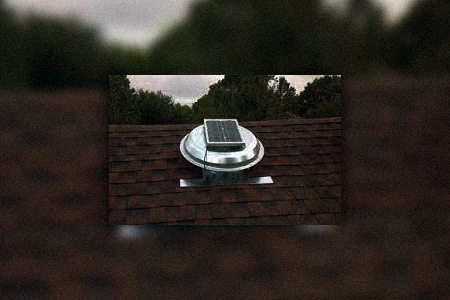
As the name suggests, these exhaust vents run only with a power source. There are two main sources of power that these vents use—solar power and electricity.
Vents that run on sunlight are called solar-powered vents. They feature a solar panel that absorbs the sun’s rays and powers the vent’s fan, causing it to suck out hot air and expel it. Many roof vents have some types of fans in them, by the way, which is why they're often powered. If you live in an area with a lot of sunlight throughout the year, these vents may be a good idea for your house.
Hardwired power roof vents, on the other hand, are wired into the house’s electrical circuits and are operated by an attached humidistat, manual switch, or thermostat.
Since both these roofing vent types are exhaust vents, you can use them with an intake vent, such as soffit vents. Powered vents are quite unnoticeable once installed, small in size and sitting close to the roof.
Gable Vents
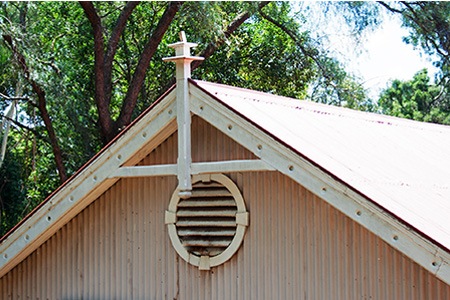
Gable vents function as both intake and exhaust vents and are commonly found along with gable roofs (a roof whose two sections meet at the top to form a triangular shape; the meeting point forms the ridge).
These vents are quite outmoded given their specific purpose and nature; they won’t operate as well on non-gabled roofs.
Additionally, these vents work on the principle of cross/horizontal ventilation (as opposed to most vents that work vertically), where air circulates on a horizontal plane. This makes it easier to impede airflow, which peaks, beams, and parts of the roof can cause.
Though commonly triangular, like a gable roof, these types of roof vents come in other sizes and shapes, too, and can be made of metal, vinyl, or wood.
Gable vents are often installed in pairs at opposite ends of the attic, with one vent for exhaust and the other for intake, but you can install as many as you deem necessary.
Drip Edge Vent
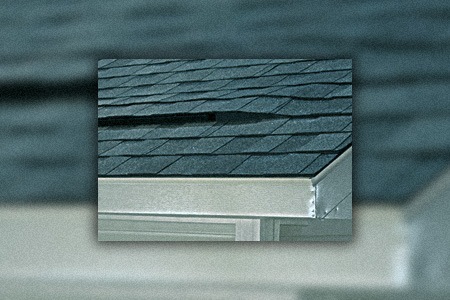
Similar in functionality to soffit vents, drip edge vents come into the picture when there isn’t sufficient space under the eaves for a soffit vent.
These vents sit on the roof’s drip edge (hence, the name) and act as intake vents, with a sieve-like surface that allows air to flow through easily. Drip edge vents can be quite complex to install given their ideal location.
Hip Vents
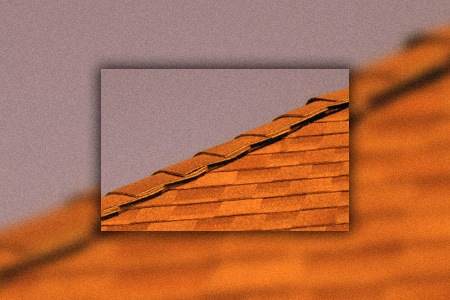
Similar to ridge vents, hip vents are located on the roof’s ridge and evenly expel hot, stale air. These are commonly installed on hip roofs (roofs where the sides meet and end sharp edges), as there is no need for additional ridge vents to be installed due to the high slopes.
These types of roof ventilation are unobtrusive, extremely efficient, and well-designed, making them a great idea for those with a hipped roof.
Over Fascia Vents
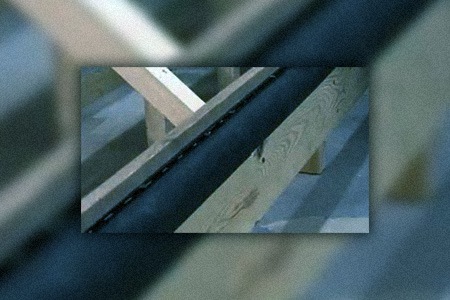
Also known as fascia vents, over-fascia vents are the relatively new kids on the vents’ block, specifically engineered for roofs without sufficient eaves size or space to accommodate soffit vents.
Fascia vents are then placed directly beneath the first shingles row, at the top of the gutter and fascia board.
These are intake vents, but their limited surface area means that they may not be as effective as other different types of vents on roofs, despite spanning the entire roof line (their height is generally only half an inch).
Types of Roof Vents to Blow Out the Heat & Cycle Air
Roof vents can greatly increase the air quality and temperatures inside a building. Most folks often install exhaust and intake vents together, unless a single vent can perform both functions simultaneously. You can decide which different types of roof vents to install together based on your house’s architecture and your preferences.



